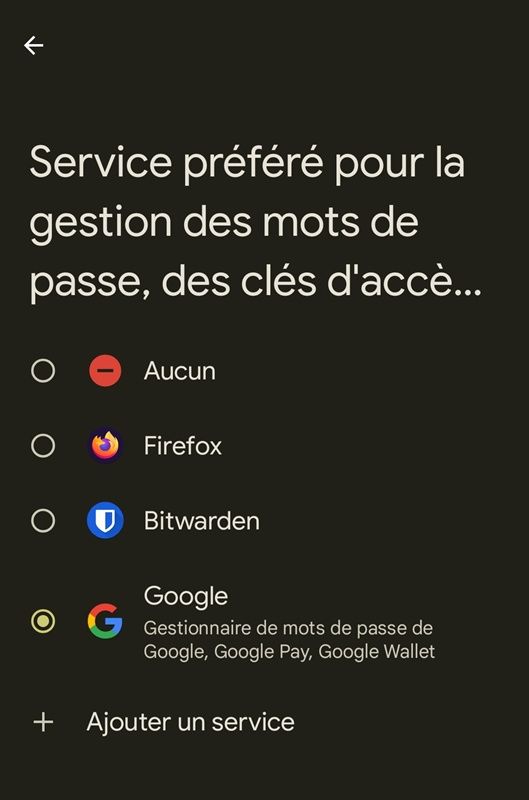JuSun/Getty Images.
By default your Android smartphone uses Google’s autofill service to fill in the usernames and passwords you have saved when you log in to an application or service. But if you’re using a password manager other than Google’s, you’ll have trouble getting it to fill in those blank fields.
I don’t use Google’s password manager. I consider this to be one of the least secure options. I opt instead for the open-source and highly secure application Bitwarden. To do this, I need to change my phone’s autofill service.
But here’s the thing: autofill isn’t something you configure in your password manager. Neither in the default applications page in Settings. This is because this autofill is a service, not an app that runs in the background and waits for you to tap a credentials field (username or password). Once the action is detected, it offers to fill in the empty fields, provided you have a corresponding entry in your password manager.
If you use a password manager other than Google’s, I’ll show you how to configure it for autofill.
How to enable your password manager for autofill?
For this to work, you must have an Android device and a third-party password manager installed and ready to operate. For your password manager, you need to make sure it is configured for biometric unlocking.
If your password manager is set to unlock by password only, the autofill process will take longer. With Bitwarden, you can enable biometric login in Settings. If you haven’t set up biometric login for your password manager, do that first.
1. Open Settings
On your Android device, pull down the notification shade twice, then tap the gear icon to access Settings.
You can also access Settings by opening the app drawer, scrolling down until you see Settings and pressing this entry.
2. Look for autofill
A very easy way to locate the autofill option is to type “Passwords” into the search box at the top of Settings.
At the bottom of the screen you should see Passwords, access keys and accounts.
Tap it. There then appears Preferred service.
photo credit: Moctar KANE/ZDNet France Password manager search, screenshot Moctar KANE/ ZDNet France.
3. Enable autofill in your password manager
At the top of the resulting page, you should see Google listed as your preferred autofill service. Press Modifierthen on the page that appears, tap the entry for the password manager you want to use for autofill.
You will then be prompted to verify the change by pressing Modifier in the pop-up window.

photo credit: Moctar KANE/ZDNet France Choice of password manager, screen capture Moctar KANE/ZDNet France.
Tap the back arrow (or use gesture navigation) to return to the page Passwords, access keys and accountswhere you should now see your password manager listed as your preferred service for autofill.
Although you can add other services, I recommend sticking to just one; otherwise, confusion could set in when you need autofill to log into an app or service quickly and securely.
That’s all there is to it. Now you can enjoy a little more security and efficiency when connecting to apps and services from your phone.
Source : “ZDNet.com”







